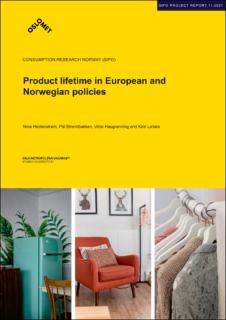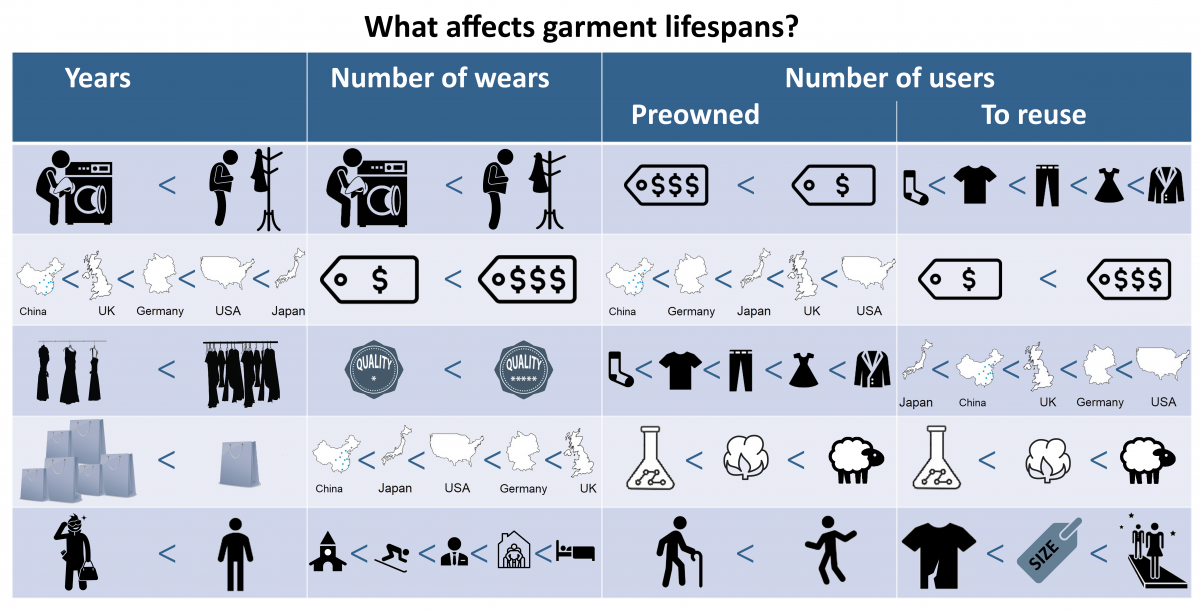Product lifetime in European and Norwegian policies
Nina Heidenstrøm, Pål Strandbakken, Vilde Haugrønning and Kirsi Laitala
Abstract
The objective in this report is to better understand how the increased product lifetime option has been positioned in policies over
the past twenty years. By means of policy document analysis, we explore product lifetime positioning in the EU’s circular economy
policies, Norwegian political party programs and official documents, environmental NGO documents, consumer organisation policies
and product policies. Overall, we find little focus on product lifetime between 2000-2015, however, there has been a massive
increase over the past five years. There is still a long way to go in developing appropriate policy instruments to address product
lifetime.


